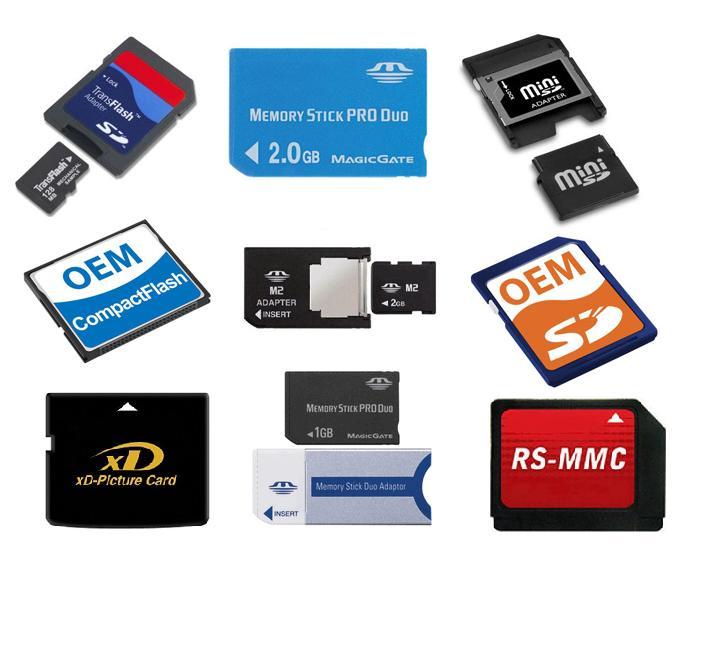
- Format the memory card before using it the first time with your camera.
- Remove and install the memory card to the camera only if the camera is off.
- Remove the memory card from the card reader only after you have used the Safely Remove Hardware utility in Windows or the appropriate unmount utility in the Mac and Linux.
- Never turn the camera off when the read or write activity indicator on the camera is on. That is the flickering light that goes on right after you take a shot.
- Use a USB card reader to connect the memory card to the computer. This avoids all camera to computer connection problems and will also keep the camera's battery charge from being depleted. Most of the time, this is the one that will prevent you from going insane.
- After a day's shoot, copy all pictures and videos to your computer. Burn another set of copies to a CD. Format the card after that. Yes, format erases all the pictures in the card but this procedure is the one that will keep your card healthy the most.
- When formatting the card from the computer, format it to the FAT32 filesystem. Yes, it is all right to format your camera's memory card in the computer.
- The camera is not a viewer. If you want to show off your pictures, use a digital photo frame, a computer's comfortably bigger monitor, a TV set, email them as attachments, upload them to your social networking site, give away copies in a CD, or show the prints instead as loose pictures or in an album just like the good old days.
- Do not delete pictures and videos in-camera to keep file arrangement more orderly and the filesystem more happy. This will help avoid seeing those corrupted file messages in the future. The only thing you can delete if ever is the last thing you took.
- You can have more than one memory card for each device but make sure you use each card to one device only.
- At the first sign of error, replace the card immediately. Do not hesitate on this.
- Work with copies not the originals. Make copies of copies if you have to. Make sure you are not working on the very last one. Never work or view while in the memory card. Make copies to the hard disk then work or view there.
Now you know!
Keerok
Just a quick comment on number 5.
ReplyDeleteI lost 700 pictures I had taken on a trip to New York because of a small discharge on my sd card reader. The photo's could not be recovered by a professional who disassembles the memory and tries to read the data raw. But the chip was completely damaged.
So since then my card stays in my camera and I use a usb cable to retrieve my photo's. The card only comes out when it's empty.
Technology isn't perfect and admittedly, a few card readers come out bad and just like apples, some you can tell outright and some not until you've taken a bit from it.
ReplyDeleteDo what works well with you but be aware there is another method. You will need that other method the day your computer finally refuses to recognize your camera.